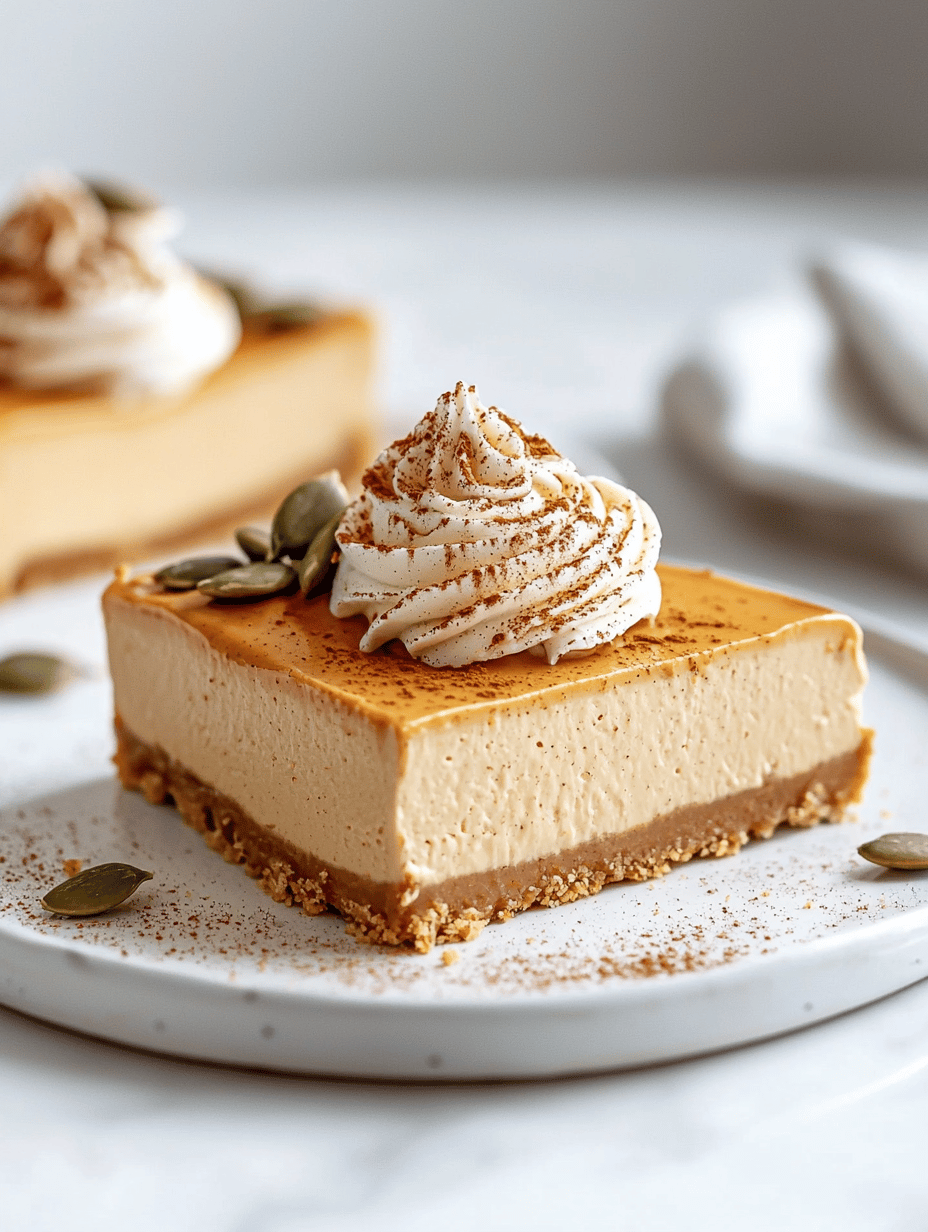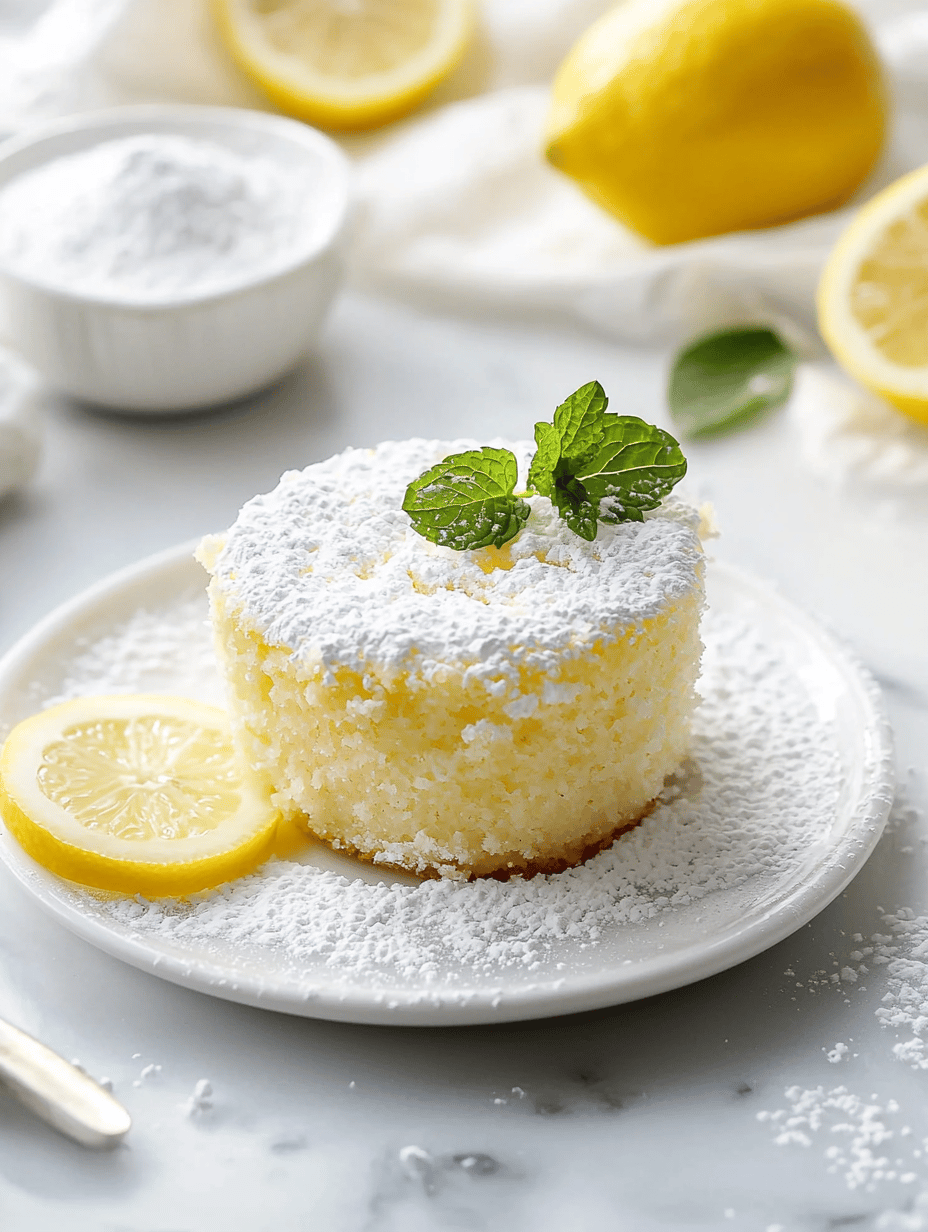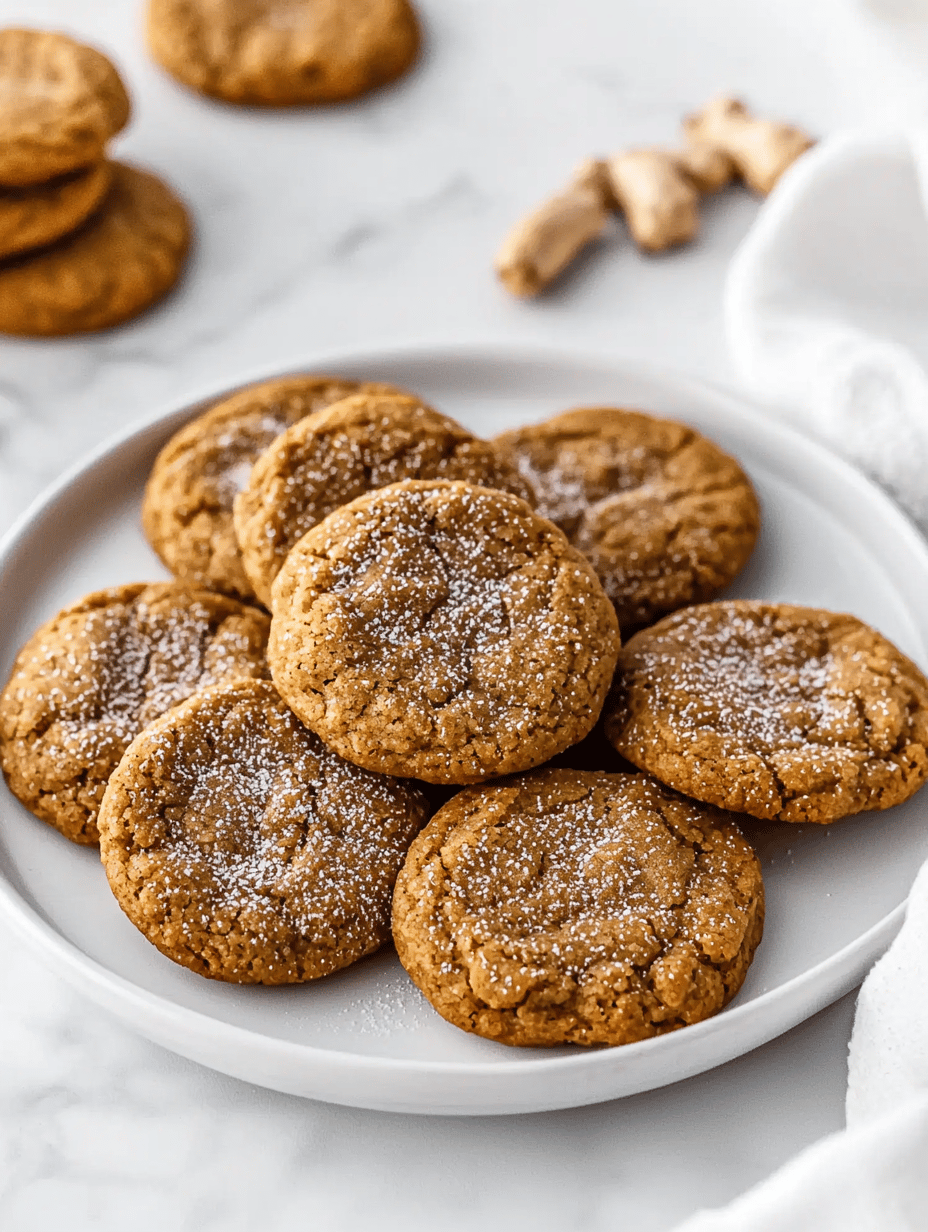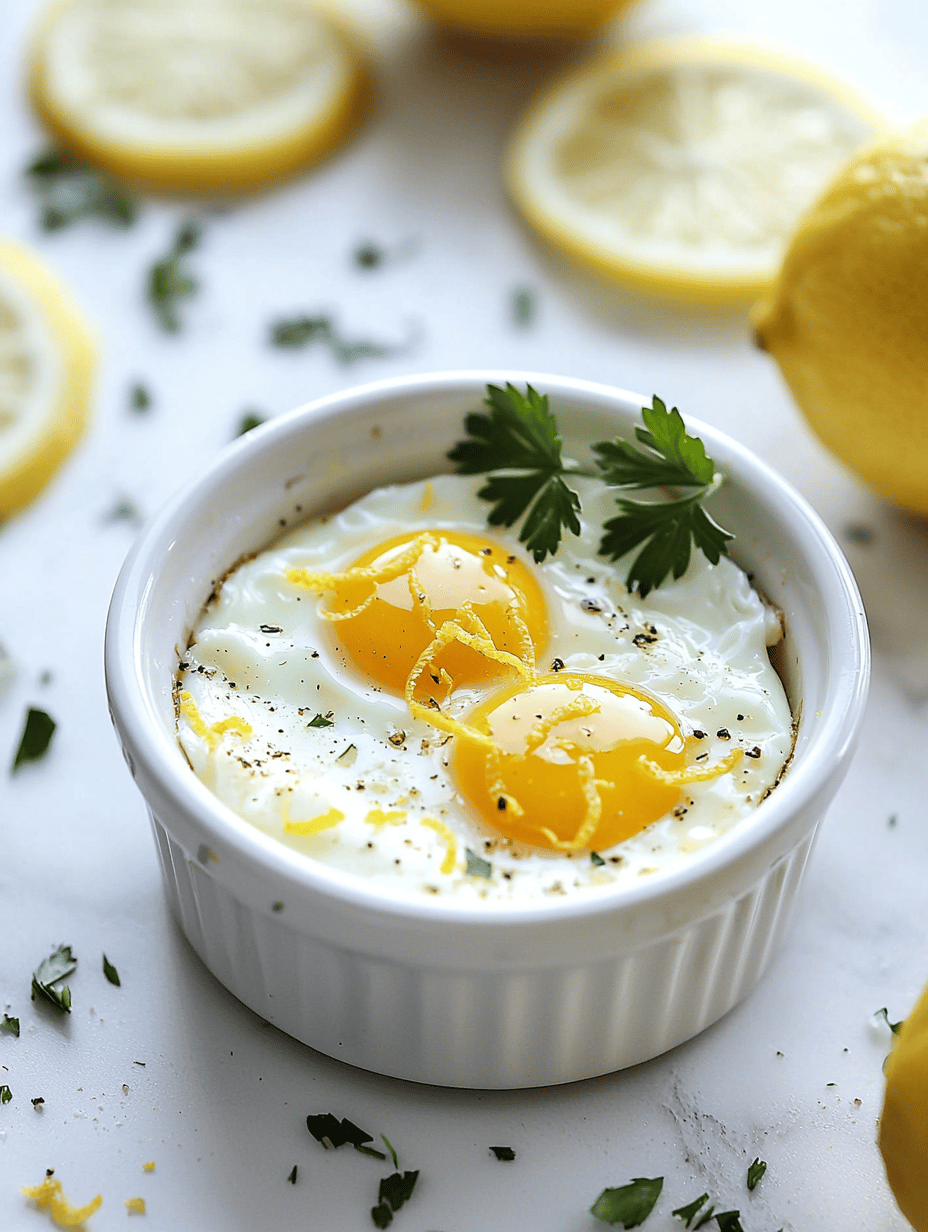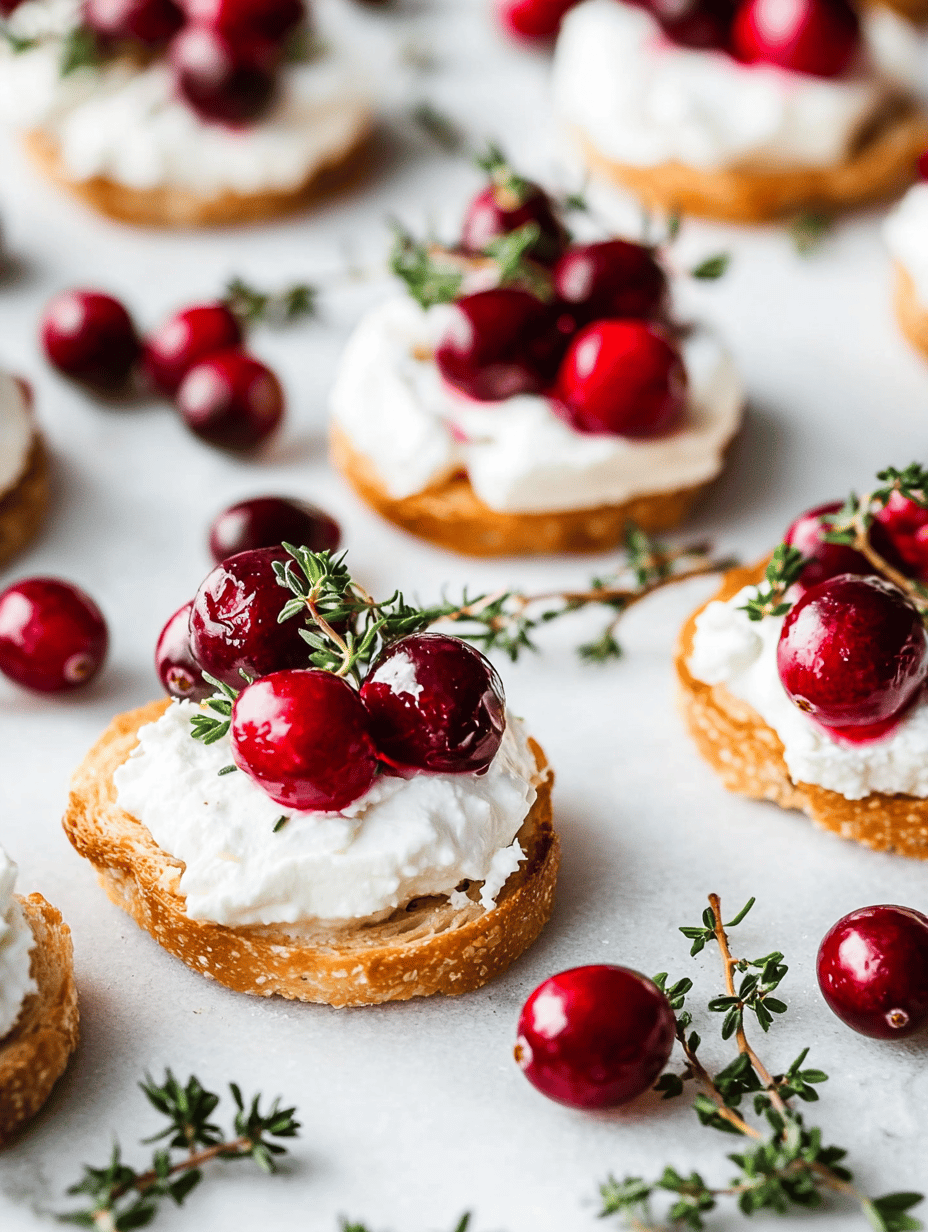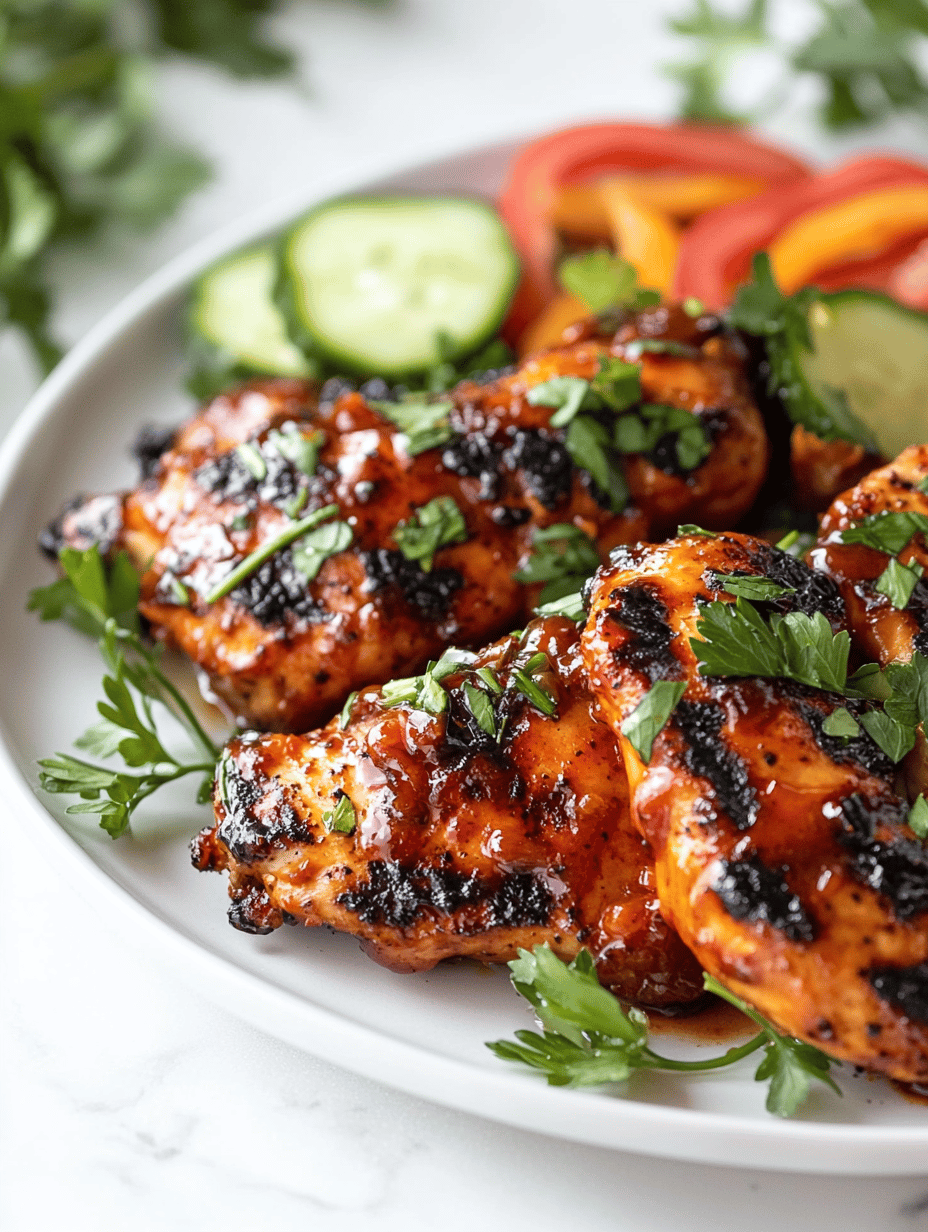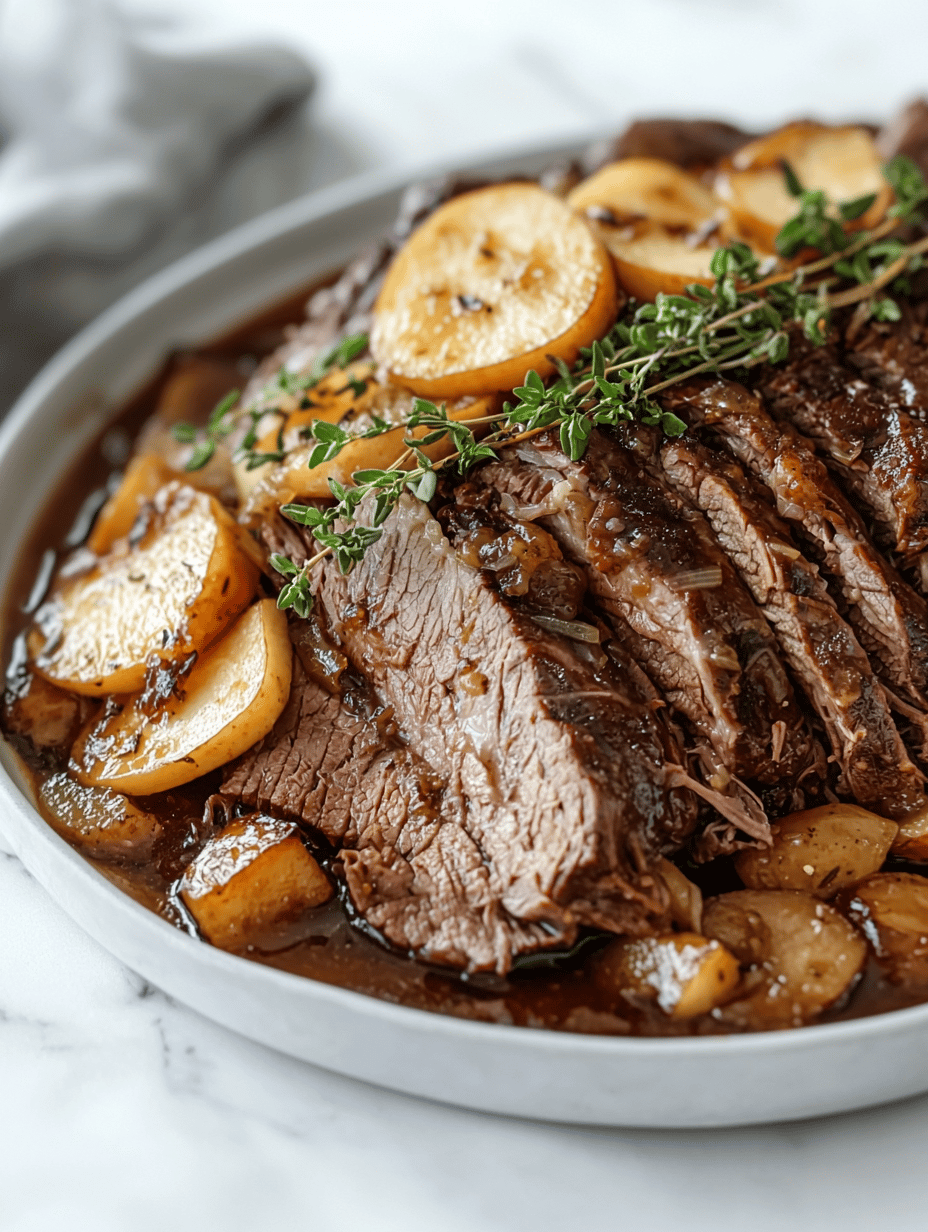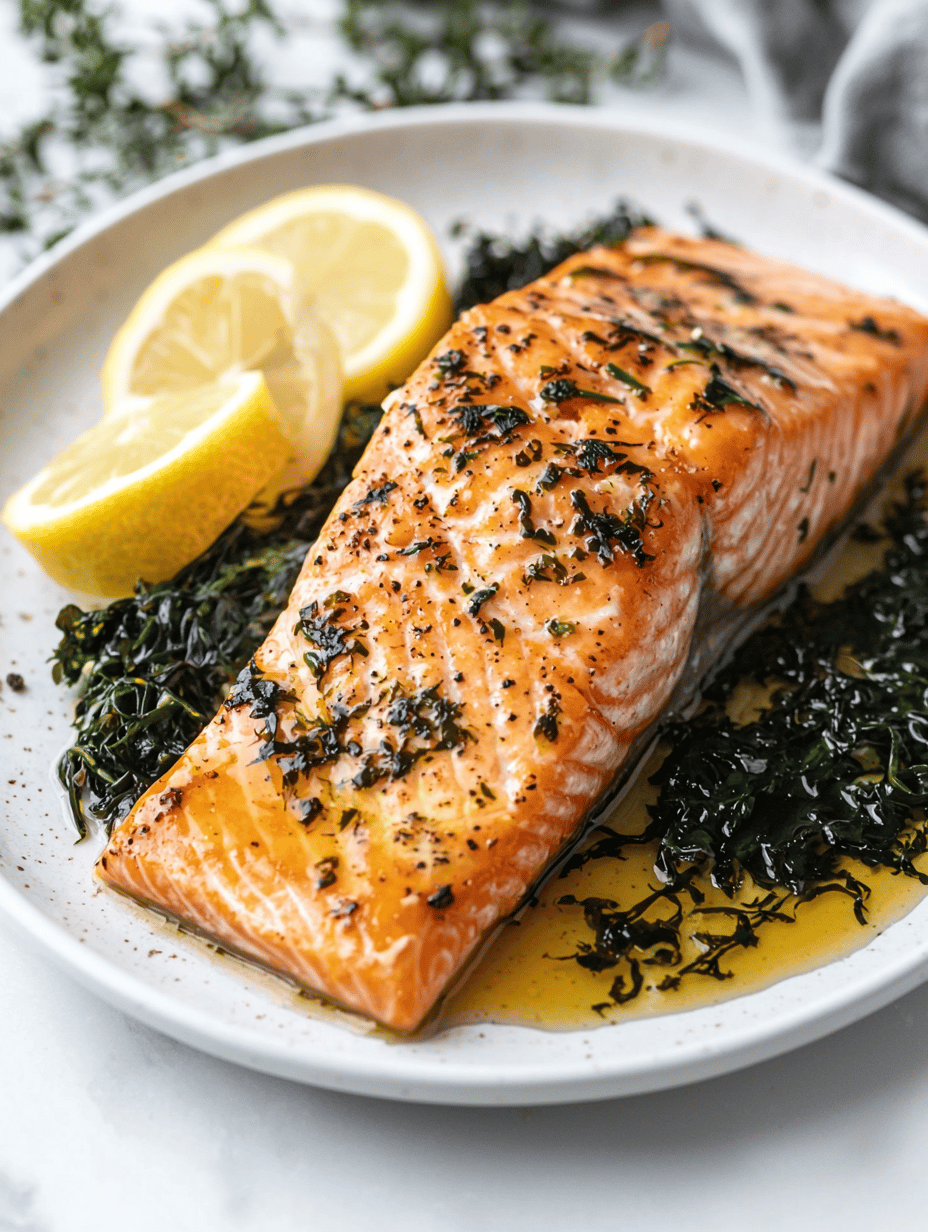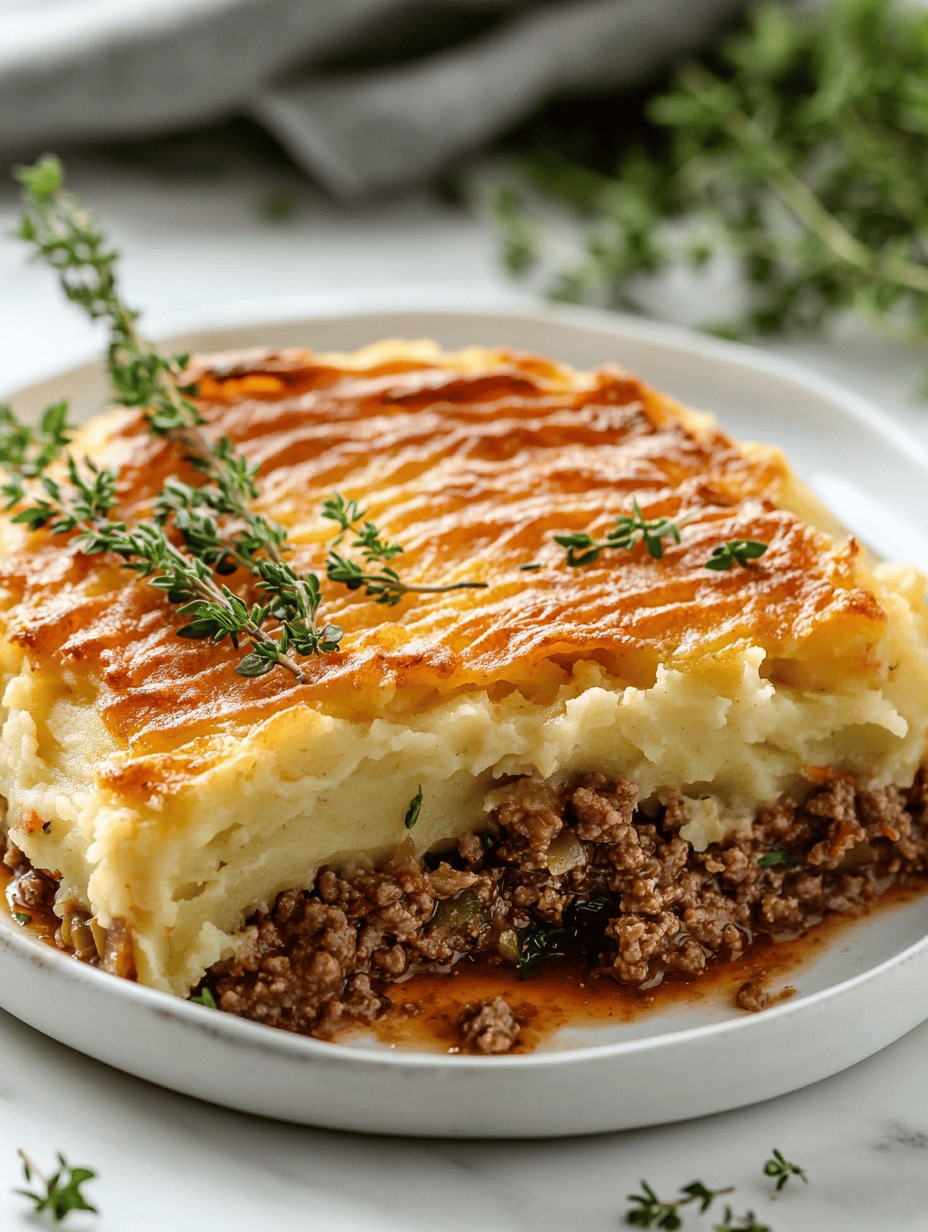I’ve been thinking about how we chase after complicated recipes, fancy ingredients, top-shelf everything. But what if the secret isn’t complexity? Today, I made a batch of lemon muffins just to see if I could make something that smells like a real lemon grove—bright, bitter, the way lemon zest hits your nose the second you open the fridge. Not sweetened to kingdom come. Just pure, honest lemon, paired with a crumb that’s almost too tender to believe. I like that these muffins aren’t trying to be anything fancy. No glaze, no icing. Just lemon, butter, and a little flour. It’s the kind of thing that makes me want to sit outside with a cup of black coffee and watch the afternoon shadows stretch out. Sometimes simplicity isn’t boring—sometimes it’s just enough to make you forget about everything else for a little while.
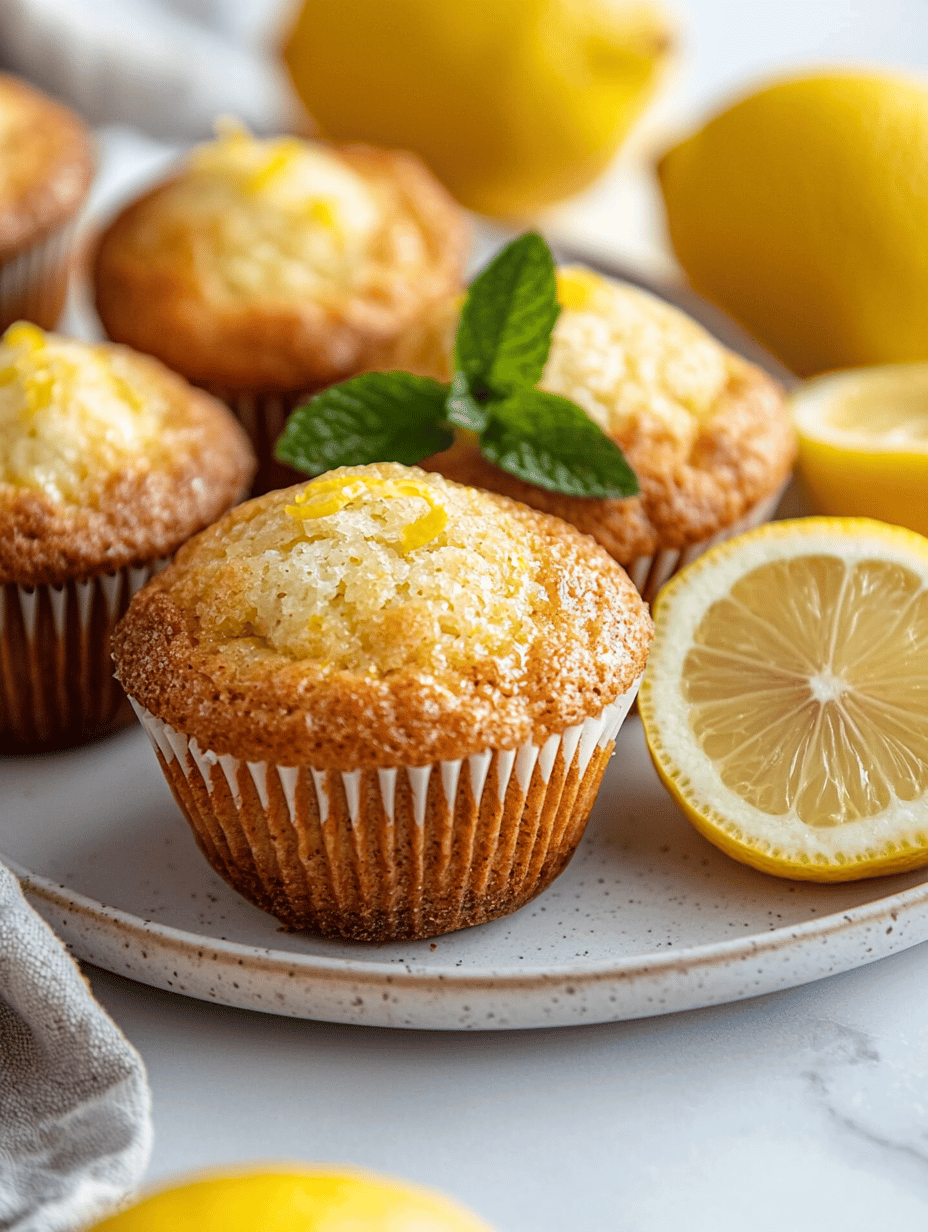
Lemon Muffins
Ingredients
Equipment
Method
- Preheat the oven to 375°F (190°C). Line a muffin tin with paper liners or lightly grease with butter.
- In a large mixing bowl, combine the sifted flour, sugar, baking powder, and salt. Whisk together until evenly mixed.1 cup all-purpose flour, 0.75 cup granulated sugar, 1 tablespoon baking powder, 0.5 teaspoon salt
- In a separate bowl, whisk together the melted butter and eggs until well combined. Add the lemon juice and lemon zest, mixing again until smooth.0.5 cup unsalted butter, 2 large eggs, 0.3 cup fresh lemon juice, 1 tablespoon lemon zest
- Pour the wet mixture into the dry ingredients. Gently fold together with a spatula until just combined; the batter should be slightly lumpy but free of dry flour.0.5 cup unsalted butter, 2 large eggs, 0.3 cup fresh lemon juice, 1 tablespoon lemon zest
- Spoon the batter evenly into the prepared muffin cups, filling each about two-thirds full. Place the tray in the oven.
- Bake for 20 minutes, or until the muffins are golden brown on top and a toothpick inserted into the center comes out clean. The edges should be slightly crisp, and the muffins will have risen nicely.
Anyway, if you’re into that kind of thing—simple, real, and with a punch of lemon—you might want to give these a shot. Or just smell the batter next time. It’s a little glimpse of something pure and simple. No fuss, no extras. Sometimes that’s all we really need to remind us how good a good lemon muffin can be.
